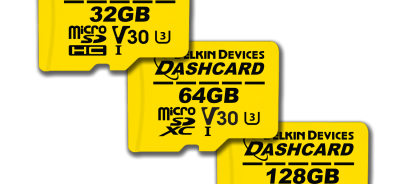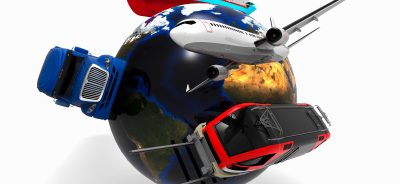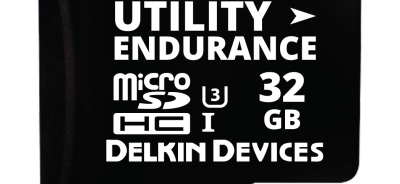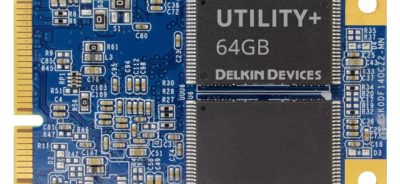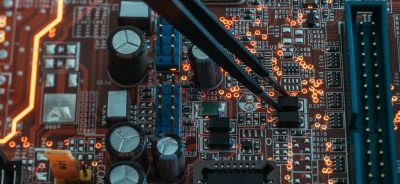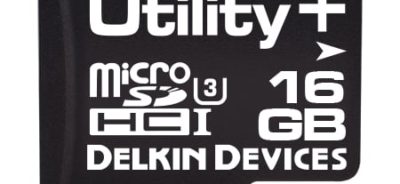Comparing 2D NAND vs. 3D NAND SSD
Flash-based SSDs, or solid state drives, were invented in the 1980s, so it is not surprising that the technology has progressed significantly since then. The main drive in improving SSDs has always been scaling, focusing on fitting more data into the same sized space. For many years, this effort was limited by the fact that NAND flash was planar. In other words, 2D NAND flash was the only available technology, thus creating an upper limit for the capacity of these devices. Fortunately, the introduction of 3D NAND SSD has changed that. Here is a comparison of 2D NAND vs. 3D NAND SSD to help you choose the best option for your device.
2D NAND SSD
As the name suggests, 2D NAND SSD flash is planar. In other words, all of the cells that are capable of storing data are situated side by side. With 2D NAND SSD flash, the capacity of the flash memory is determined by how many cells can fit onto a card, as well as how many bits of data can be stored in those cells.
Although this approach works fine, it has its limits. The first, obviously, is that there is a limited amount of space in which cells can be placed. Although technological advances have allowed cells to be made in ever-smaller sizes, there is a limit on how much a cell can be shrunk while still performing reliably. Ultimately, there is a ceiling number for the cells that fit into the space of a NAND flash memory card without increasing the size of the card itself.
Another issue is that making cells smaller in order to accommodate more of them on the surface of the NAND flash card means that each cell becomes more likely to emit electrical charges—and be affected by them. Cell-to-cell program interference can lead to data corruption.
3D NAND SSD
The introduction of 3D NAND SSD was a game-changer. This technology allows cells to be stacked so that storage can be greatly increased. These layers of cells dramatically increase storage capacity without the need to shrink the cells. Stacking the cells actually allows each cell to be larger, which boosts both storage and reliability.
3D NAND SSD also has other benefits over 2D NAND. It provides faster performance, a longer lifespan, and lower power consumption. As 3D NAND becomes more common, it may make SSD technology even more cost-effective across the board.
Delkin makes understanding NAND SSDs and all of your flash storage options straightforward. Discuss your needs with our customer service team today, and we will help you select the right industrial storage to fit your needs.
 Login
Login Register
Register



